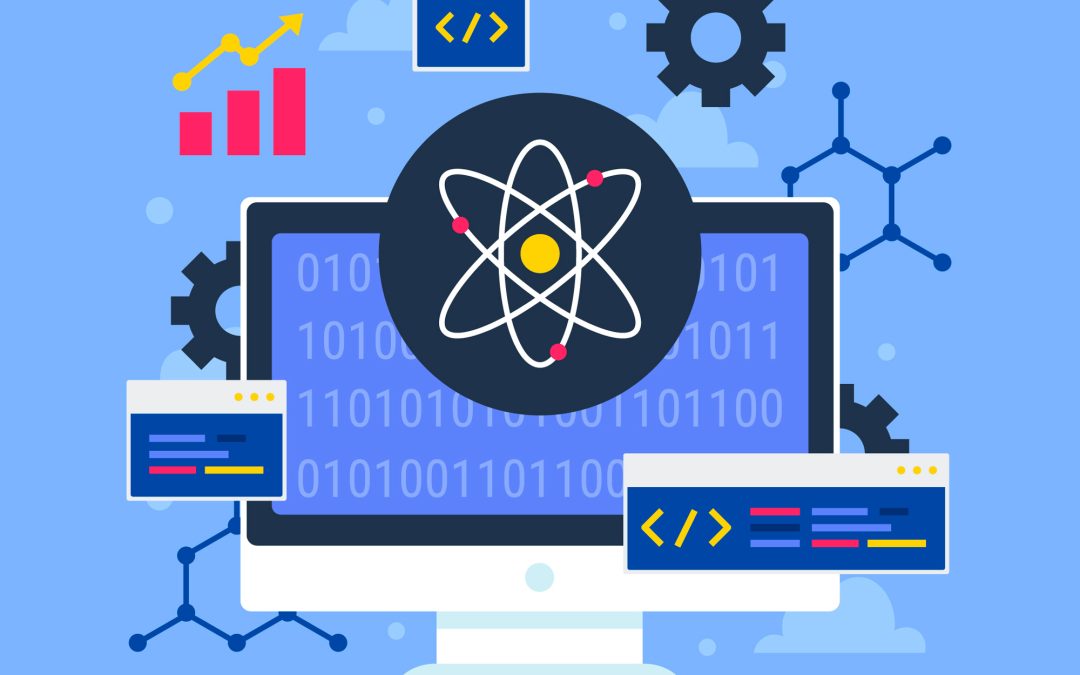Introduction
Bioinformatics is a rapidly evolving field that integrates biology, computing, and data analysis to derive meaningful insights from biological data. The advancements in computing have revolutionized bioinformatics by enabling the analysis of large-scale genomic, proteomic, and metabolomic data. The ability of computing to process vast amounts of biological data efficiently has accelerated disease detection, drug discovery, and personalized medicine research. This blog explores the role of computing in modern bioinformatics and how it has transformed biological research.
Understanding Computing in Bioinformatics
In the context of bioinformatics, computing refers to using computational tools, algorithms, and software to process, analyze, and interpret biological data. The power of computing enables researchers to conduct complex simulations, model biological systems, and predict molecular-level interactions. Integrating computing and bioinformatics has led to significant breakthroughs in genetics, molecular biology, and biotechnology.
High-Performance Computing (HPC) in Bioinformatics
One of the primary applications of computing in bioinformatics is through high-performance computing (HPC). HPC systems allow scientists to analyze large-scale datasets at an unprecedented speed. With next-generation sequencing (NGS) technologies, computing has become indispensable for handling the massive influx of genomic data.
Key Contributions of HPC in Bioinformatics:
Genome Sequencing: HPC accelerates the assembly and annotation of whole genomes, allowing researchers to identify genetic variations linked to diseases.
Protein Structure Prediction: Advanced computing techniques, such as deep learning models and molecular dynamics simulations, help understand protein folding and interactions.
Evolutionary Biology: Phylogenetic analysis benefits from computing by constructing complex evolutionary trees using vast genetic datasets.
Artificial Intelligence and Machine Learning in Bioinformatics
The application of artificial intelligence (AI) and machine learning (ML) has significantly enhanced bioinformatics research. These computing approaches help in pattern recognition, classification, and predictive modeling of biological data.
Applications of AI and ML in Bioinformatics:
Gene Prediction: ML algorithms analyze genetic sequences to predict gene structures and functions.
Disease Diagnosis: AI-powered computing models assist in diagnosing diseases such as cancer by analyzing medical imaging and genetic markers.
Metagenomics: ML techniques help classify and analyze microbial communities from environmental samples, aiding in biodiversity research and disease control.
Big Data and Cloud Computing in Bioinformatics
Modern bioinformatics relies heavily on big data analytics and cloud computing. Biological experiments generate massive datasets, and cloud computing provides scalable solutions for storing and analyzing this data efficiently.
Importance of Big Data and Cloud Computing:
Data Storage and Management: Cloud computing enables researchers to store and share genomic data globally, improving collaboration.
Scalable Computing Power: Cloud platforms provide access to high-performance computing resources without requiring costly hardware infrastructure.
Data Security and Privacy: Secure cloud environments ensure that sensitive biological and medical data remain protected while being analyzed.
Challenges and Future Directions
Despite the advancements in computing, bioinformatics faces several challenges that need to be addressed for further progress.
Major Challenges:
Computational Complexity: Handling large-scale biological data requires advanced computing infrastructure and optimized algorithms.
Data Standardization: The lack of uniformity in data formats makes integration across different databases challenging.
Interdisciplinary Collaboration: Bioinformatics requires expertise in biology, computing, and mathematics, necessitating collaboration among diverse fields.
Future Prospects:
Quantum Computing: The emergence of quantum computing holds promise for solving complex biological problems at an unprecedented scale.
Automated Bioinformatics Pipelines: Automating bioinformatics workflows will streamline genomic and proteomic research.
Personalized Medicine: Computing advancements will continue to drive precision medicine, tailoring treatments to individual genetic profiles.
Conclusion
Computing has become integral to modern bioinformatics, transforming biological research and healthcare. From high-performance computing and AI-driven analysis to cloud computing and big data solutions, computing technologies continue to enhance our understanding of biological systems. As computational methods evolve, they will further accelerate discoveries in genetics, drug development, and disease diagnosis, ultimately improving human health and medical science. The future of bioinformatics is deeply intertwined with the progress of computing, ensuring groundbreaking advancements in biological research.


